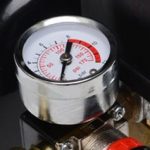10 Reasons Why A 2 Stroke Engine May Lose Power
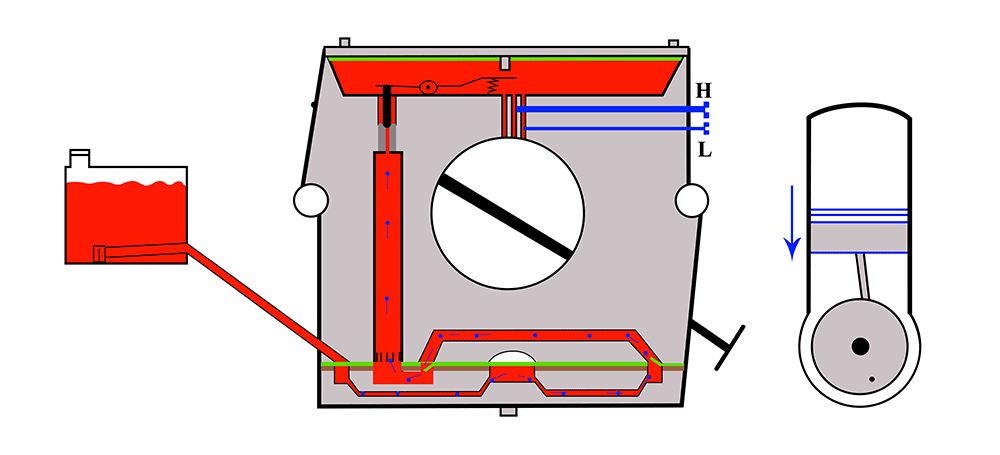
Now regardless of whether it's on a garden strimmer, lawnmower or chainsaw, whenever we pull the throttle on a 2 stroke engine and get a bogged down sound it's almost always caused by an insufficient amount of fuel reaching the engine. The reason the machine will sit idling with no problem is because it is getting enough fuel for the level of engine speed required, however as soon as we try to increase that speed where we need more fuel there won't be enough available. Here are 10 reasons and fixes to help prevent lack of fuel to a 2-stroke engine.
1. Mixture Screws
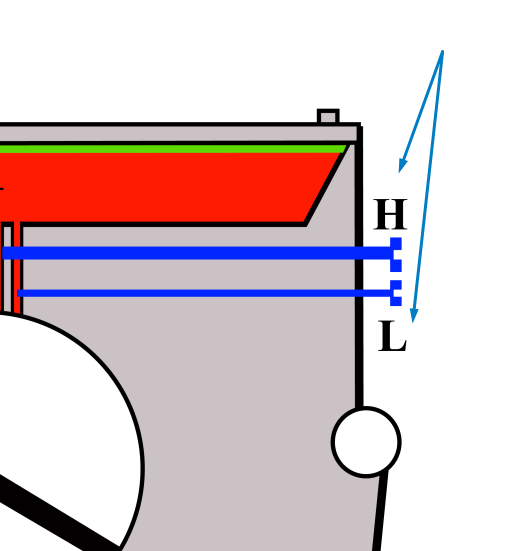
The first thing to check before anything else is the mixture screws. The fuel air mixture screws on the side of the carburettor are marked H for High for the engines high speed adjustments and the L means Low for the engines low speed adjustments.
Starting with the H screw, the screw itself goes into the carburettor and protrudes into the high jet where the fuel comes from above. Because of the screws restriction there's less fuel below the screw than there is above it. So if we turn this screw in even more it will restrict the fuel even more, and if we turn the screw out it will let more fuel through.
The L screw (the low screw) works in pretty much the same way other than that it’s designed to meter the amount of fuel for the low revs, rather than the high revs.
2. Fuel Tank Filter
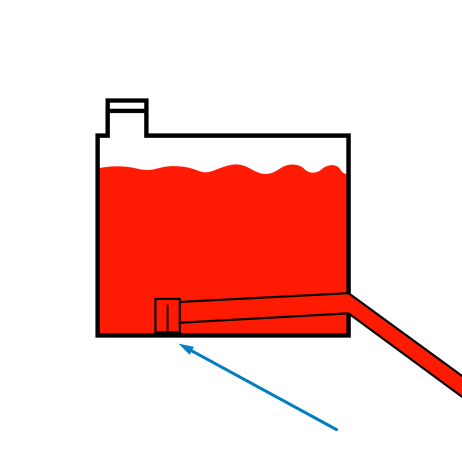
Making sure that the fuel tank filter is clear with no blockages that can restrict the fuel flow, while very simple, can be an important factor in engine maintenance. The easiest way to deal with this issue is to always have a fuel filter on standby. For the price that you can get them, for just a couple of pounds, the best idea would be to have one on standby so that you can just replace it if you think it may be the cause of the engine bogging down.
If replacing the filter immediately isn't an option then remove the fuel filter for just a few moments and running the machine again (of course making sure that there's no dirt at the bottom of the tank that would suck up into the carburettor) as it would eliminate whether it's a fuel filter issue or not.
3. Fuel Tank Cap

Another common cause of bogging down can be the fuel tank cap. There is usually a special one-way valve in the fuel tank cap that allows the air to come in to the top of the fuel. When these valves fail to work the fuel can't leave the fuel tank, because it creates a vacuum lock as there's no air coming in to replace the lost fuel.
The obvious effect this has on the engine is less fuel getting into the carburettor, which can contribute to the engine bogging down and eventually it will cause the engine to stop completely.
That's of course down to fuel starvation - if you suspect that the fuel tank cap is at fault slightly unscrew it to allow air to come through so it's doing the job of the actual valve itself. Run the machine again and if it runs correctly it's just a case then of replacing your cap and all should be okay.
4. Fuel Pipe
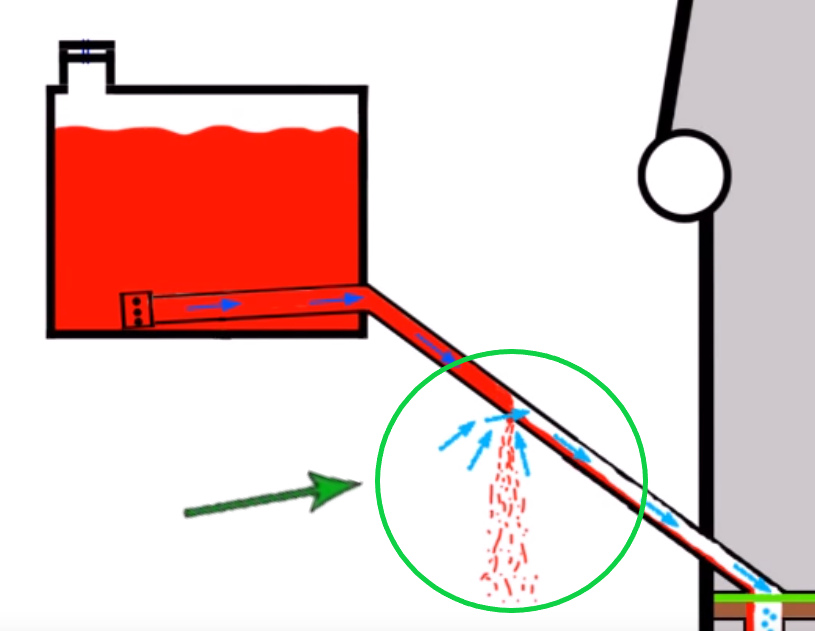
The next step is to check the external parts of the fuel pipe. Because the engines draw in fuel, they will also suck air in through any rupture in the pipe, and therefore affect the fuel to air ratio coming out of the carburettor and into the engine. If you have air coming into the carburettor unnecessarily that will cause the engine to bog down, and while there may be enough fuel for idling speed there won't be for full revs.
5. Manifold
The inlet manifold sits between the carburettor and the engine and acts as a spacer between the two. Check firstly to see if it's loose and if it is simply tighten the bolt. However let's say that the retaining bolt is nice and tight and we've got everything working as it should with the carburettor. What can sometimes happen is that the gasket on either side of the manifold can degrade or become damaged in some way, and despite the fact that everything's fixed together tight, if this gasket is damaged then air can be drawn in once again and unbalance the air to fuel ratio.
6. Fuel Pump Diaphragm

Before checking the fuel pump diaphragm itself, which is inside the carburettor, first check the cap that keeps the diaphragm in place. If the cap becomes loose or the screw holding it in place has become loose it can cause a gap. If this happens there'll be excess fuel spilling out and also air will be drawn into the carburettor where there should be just fuel. The same effect occurs with a damaged cap.
Problems with the fuel pump diaphragm can also occur when the diaphragm ages or when a substandard diaphragm is used. On the valve there is an opening and closing motion that allows the right amount of fuel to come through so that the venturi can be filled with the fuel air mixture. When diaphragms age or are made from a substandard materials they can go stiff and rigid. If you take look at the valve when rigid it reduces the pumping efficiency of the fuel available for the engine as it doesn't have the same degree of movement.
7. Fuel Vein Blockage
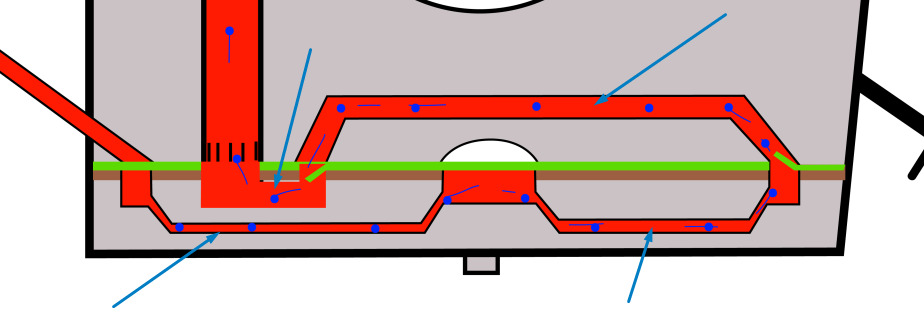
In this diagram you can see the free flow of fuel in these veins that work their way right around the carburettor and up into the venturi. However when the free flow of fuel is interrupted by debris or dirt in the veins, it can begin to cause problems. Even the smallest piece of debris that gets past the fuel filter can cause issues the further down the veins it manages to travel, as the veins get smaller and smaller in size. Eventually the blockage can cause a complete stoppage of fuel going into the engine, therefore causing it bog down and stop. If you suspect you have a blockage, the best cause of action is to strip down the carburettor and blow down the fuel veins with an air line or air blower.
8. Metering Diaphragm

The metering diaphragm is responsible for regulating the correct amount of fuel coming into the inlet area of the carburettor. When fuel is used from of the fuel reservoir beneath it, it draws the diaphragm down, allowing more fuel to enter the reservoir area. The metering diaphragm presses down on the lever allowing the piston to be lifted off.
If there is a gap between the metering diaphragm and the gasket, then additional air can to be sucked in, creating an unbalanced air fuel ratio. You'll know if this has happened to your carburettor because even if you cannot see the gap, you'll be able to see the fuel leaking from the reservoir. Because of the gap, you will lose the vacuum that allows the metering diaphragm to be drawn down, meaning the metering needle will no longer work and it will not allow any fuel to come through from the pump diaphragm area. Providing the gasket is okay, to fix this problem simply ensure the screws at the top of the machine are nice and tight.
9. Metering Lever
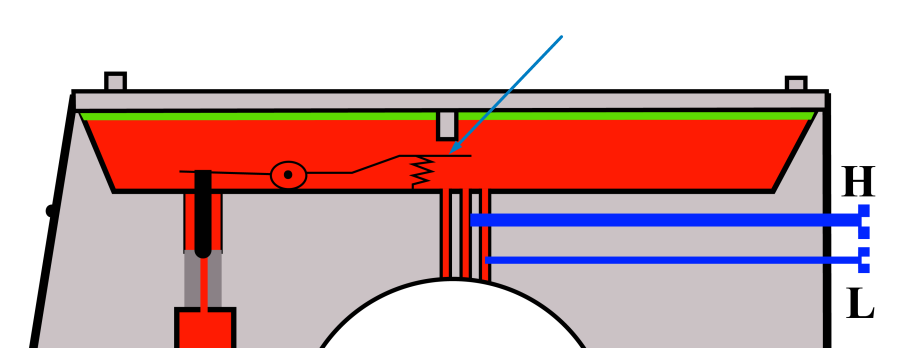
When the diaphragm presses down, the plunger pushes on the back of the lever to allow the correct amount of fuel to come through. The lever, being made of metal, can be set to different angles. If the lever is set too low the plunger on the diaphragm will not be able to reach the lever as efficiently as it should be able to. This means the needle valve will not be lifted as high enough to allow the correct amount of fuel to come out. If the fuel cannot come out quick enough to supply the engine, we find ourselves once again with an uneven air fuel ratio, unable to provide enough fuel to keep the engine from bogging down. This problem is easily resolved by bending back the metering lever to ensure the plunger can easily reach it.
10. Barrel Gasket
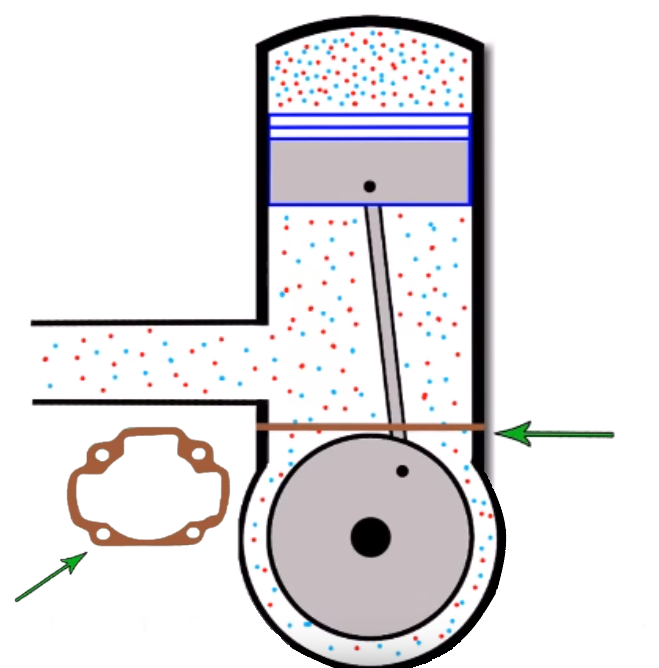
The barrel gasket, also known as the pop gasket, sits at the split junction between the barrel and the crank case beneath it. The gasket allows you to separate the barrel and the crank case for any repair works. They are made from a range of materials from paper/cardboard to metals and their job is to keep the seal between the barrel and the crank case. It's vital that the gaskets are in good working order, because if they're not each time the piston goes up to draw an air fuel mixture it can also draw in air if there's any damage around the gasket. By this point the air fuel mixture would be correct, so any extra air coming in will cause the engine to cease working, particularly at high revs.
First step to resolving this problem is to ensure that it is in fact the gasket and not just loose bolts holding the crank case to the barrel. Unfortunately if everything else has been ruled out and it is the gasket that is causing the issue, there is no way to "fix" the issue, the gasket must just be replaced.
Still need help?

Our in house experts are always on hand for buying advice and to provide bespoke care, regardless of the application.
Call SGS on 01332 576 850 or fill out our contact form today.


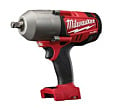
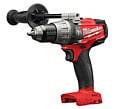
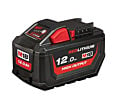
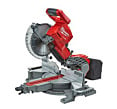

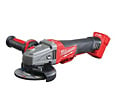
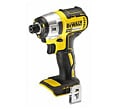
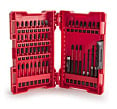

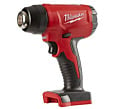
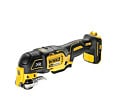
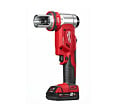
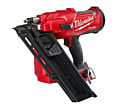
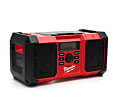



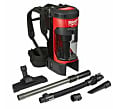

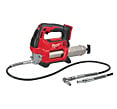

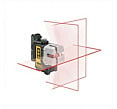
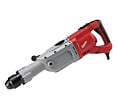
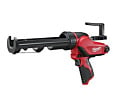
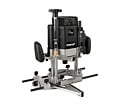
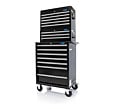
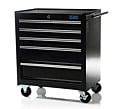
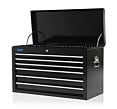
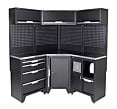
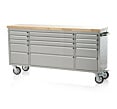
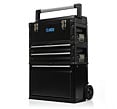
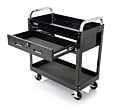
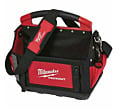
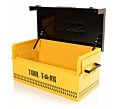
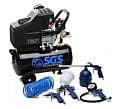
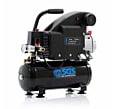
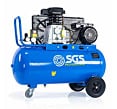
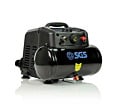
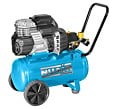
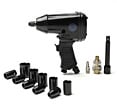
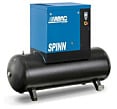
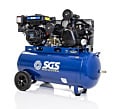

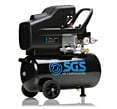
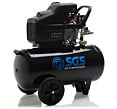
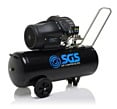
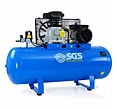
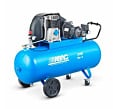
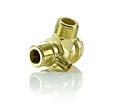
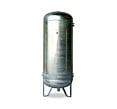
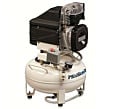
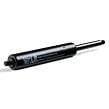
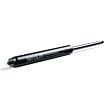
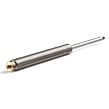
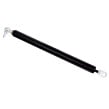

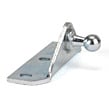

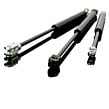
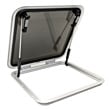
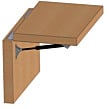
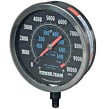
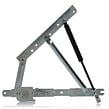
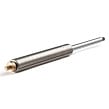
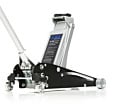
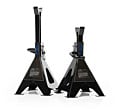
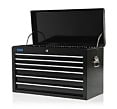
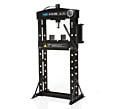
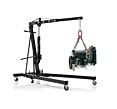
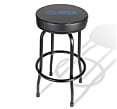
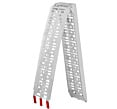
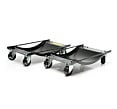
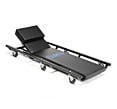
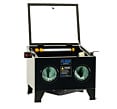

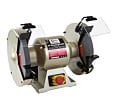
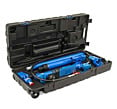
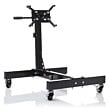


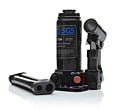
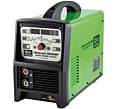
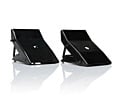
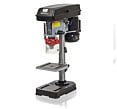
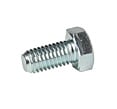
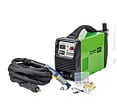
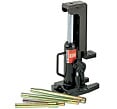
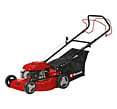
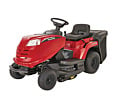
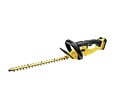
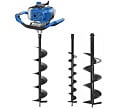

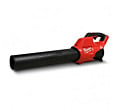
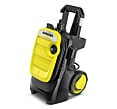
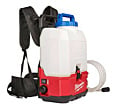


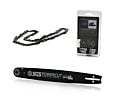
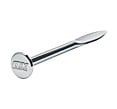
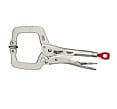
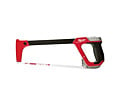
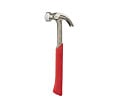
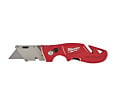
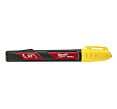
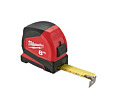

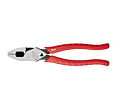
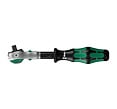
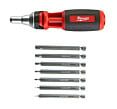
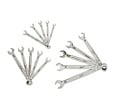
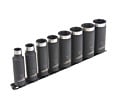
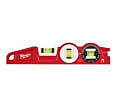
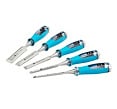
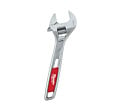



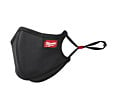



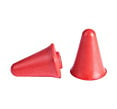

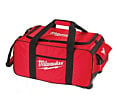

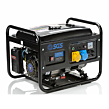
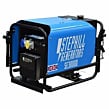
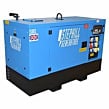
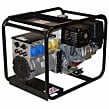
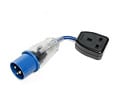
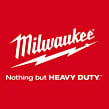





























 Milwaukee Authorised Distributor
Milwaukee Authorised Distributor  4.4 out of 5 with 50,000+ reviews
4.4 out of 5 with 50,000+ reviews  Free delivery on orders over £75*
Free delivery on orders over £75*  Next working day delivery available*
Next working day delivery available* 
